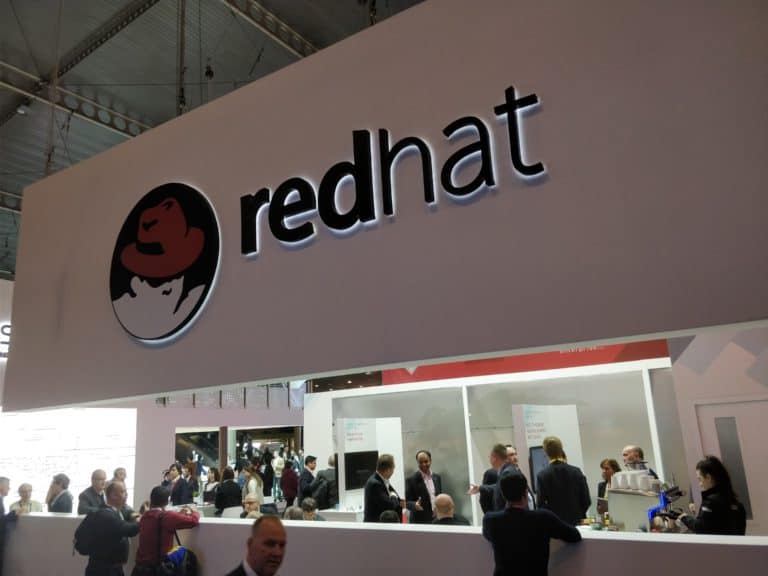When CentOS Linux parent company Red Hat announced that it was shifting focus from CentOS Linux, the rebuild of Red Hat Enterprise Linux (RHEL), to CentOS Stream, CentOS users were not happy. To appease them and to keep the promise it made to Open-Source organizations, Red Hat is introducing a new, free RHEL for open-source infrastructure.
Now, you can get a free RHEL subscription using this program, if you are a non-profit organization, standard body, project, or foundation engaged in open-source. Earlier this year, Red Hat brought free RHEL for small production workloads and customer development teams.
What happens to open-source now?
So, what are the open-source organizations to make of the Red Hat operating system family? Let’s break it down:
- Fedora, for driving leading-edge development of Linux OS improvements and enhancements.
- CentOS Stream to test apps and workloads against the next release of the global leading enterprise Linux platform.
- RHEL for Open Source Infrastructure to empower open source communities, foundations, and projects. This also included a stable foundation for the creation and hosting of innovative open-source software.
If you want to, you could pay for RHEL.
Jason Brooks, a Red Hat Open Source Program Office Manager explained that supporting open-source software ecosystems is a core objective for Red Hat.
Open-source is still core to Red Hat
In the past, Brooks added that Red Hat did this for open-source organizations, but there was no definite structure to it. Now, he says that Red Hat wants to make sure that the organizations in open source can now have access to RHEL, to build and test the future open-source software.
Even so, this version of RHEL will not work for all open-source developer groups today. Brooks said that Red Hat realizes the program might not be applicable in situations where open-source projects use Public continuous integration (CI) infrastructure
